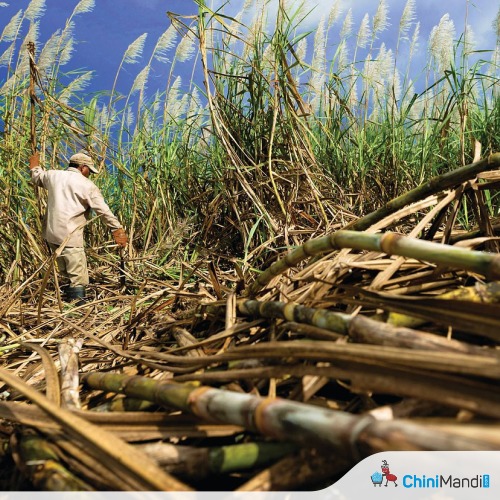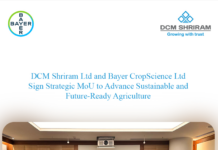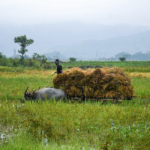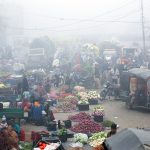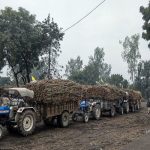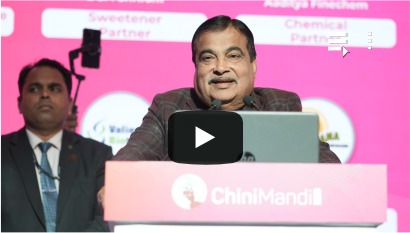Indonesia is intensifying efforts to achieve sugar self-sufficiency, setting a goal to meet household sugar needs by 2028 and industrial sugar demand by 2030. This initiative goes beyond satisfying local consumption, it also aims to reduce the country’s dependence on imports, which have long weighed on the national trade balance.
Agriculture Minister Andi Amran Sulaiman voiced confidence that these targets could be reached within the next two to three years, reported Antara News.
Sugar consumption in Indonesia has steadily risen. According to the Ministry of Agriculture, sugar demand in 2025 is projected to hit 9.1 million tons, 3.4 million tons for household use and 5.7 million tons for industrial purposes. In contrast, domestic sugar production is expected to reach just 2.9 million tons that year, highlighting a significant supply gap.
This shortfall forces Indonesia to import millions of tons of sugar annually, making the economy vulnerable to global price fluctuations and potential supply chain disruptions.
To address this challenge, the government is implementing a number of strategic measures. One major focus is on revitalizing and expanding the capacity of existing sugar mills, many of which are outdated and lag behind those in other producing nations.
State-owned plantation holding company PTPN III, through its subsidiaries, plans to reopen several long-inactive sugar factories. Preparations include workforce development, upgrading factory facilities, and organizing the supply chain for raw sugarcane.
The Bone Sugar Factory in South Sulawesi is slated to restart operations in 2025. This will be followed by the reopening of the Sei Semayang Sugar Factory in Medan, North Sumatra, in 2026. In Central Java, the Tasikmadu and Pangka sugar factories are scheduled to be operational again by 2027 and 2028 respectively.
Another cornerstone of the strategy is the expansion of sugarcane plantations. The government is targeting the addition of 200,000 to 500,000 hectares of new sugarcane fields. To support this, a substantial budget of Rp10 trillion to Rp40 trillion (approximately US$612.6 million to US$2.45 billion) has been set aside.
Official data from the Ministry of Agriculture shows a positive trend. In 2022, sugarcane plantations covered 490,008 hectares. This dipped slightly to 489,338 hectares in 2023, but increased to 520,823 hectares in 2024. As of March 2025, the area has expanded to 529,266 hectares, with a year-end target of 538,168 hectares.
Supporting Farmers to Boost Yields
Farmers are central to achieving sugar self-sufficiency. To empower them, the government is simplifying access to the People’s Business Credit (KUR) program by easing conditions for sugarcane growers. Previously, the Rp500 million (around US$30,677) credit limit was cumulative. Now, farmers can apply for financing repeatedly within this limit, without being pushed into higher-interest commercial loans after their first ceiling is met.
This change is expected to provide farmers with better access to capital for purchasing high-quality sugarcane seedlings, fertilizers, and mechanized farming tools.
Under this financing scheme, sugar mills will act as loan guarantors, further easing access to credit for farmers. The government sees this as a concrete response to long-standing requests from the farming community. It is also viewed as a step toward improving both farmer welfare and national productivity.
The government is targeting a significant jump in productivity—from the current 4 tons per hectare to 14 tons per hectare. This will be pursued through more accurate allocation of subsidized fertilizers and the distribution of superior seed varieties.
Land optimization is another priority, supported by geospatial data and digital land mapping. This approach allows precise planning for irrigation, fertilization, and planting, leading to improved results.
Additionally, the government plans to crack down on malpractice among subsidized fertilizer distributors. Any retailer found inflating prices or violating rules will face license revocation.
Challenges Ahead, but Optimism Endures
Despite these well-planned strategies, the road to sugar self-sufficiency is not without obstacles. Global sugar price volatility can undercut the competitiveness of local products, while climate change brings unpredictable weather that threatens crop yields.
Effective coordination among stakeholders is also critical. The sugar self-sufficiency program involves multiple entities, including the Ministry of Agriculture, the National Food Agency, and local governments. Without strong inter-agency collaboration, progress could be hampered.
Still, the government remains optimistic. Efforts such as modernizing equipment, training farmers, and increasing local involvement are seen as essential to long-term success.
Sugar self-sufficiency is more than a matter of production—it reflects food sovereignty and the prosperity of Indonesia’s farmers. As sugarcane fields expand and mills come back to life, the country is taking significant steps toward breaking its dependence on imports and securing a stable, self-reliant sugar supply.

